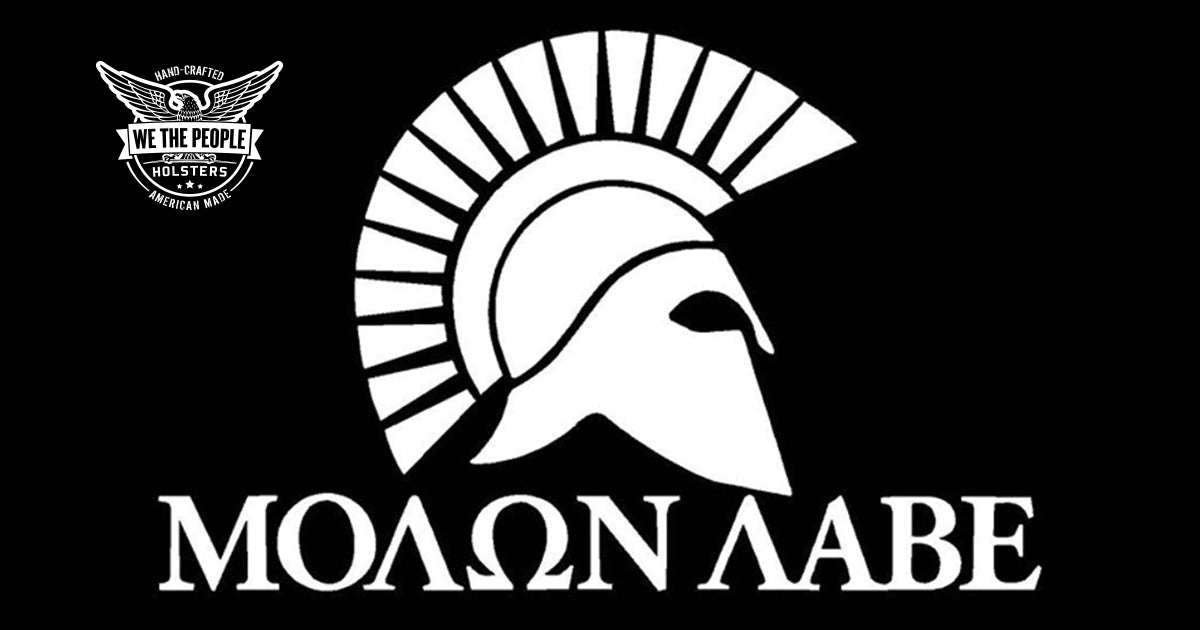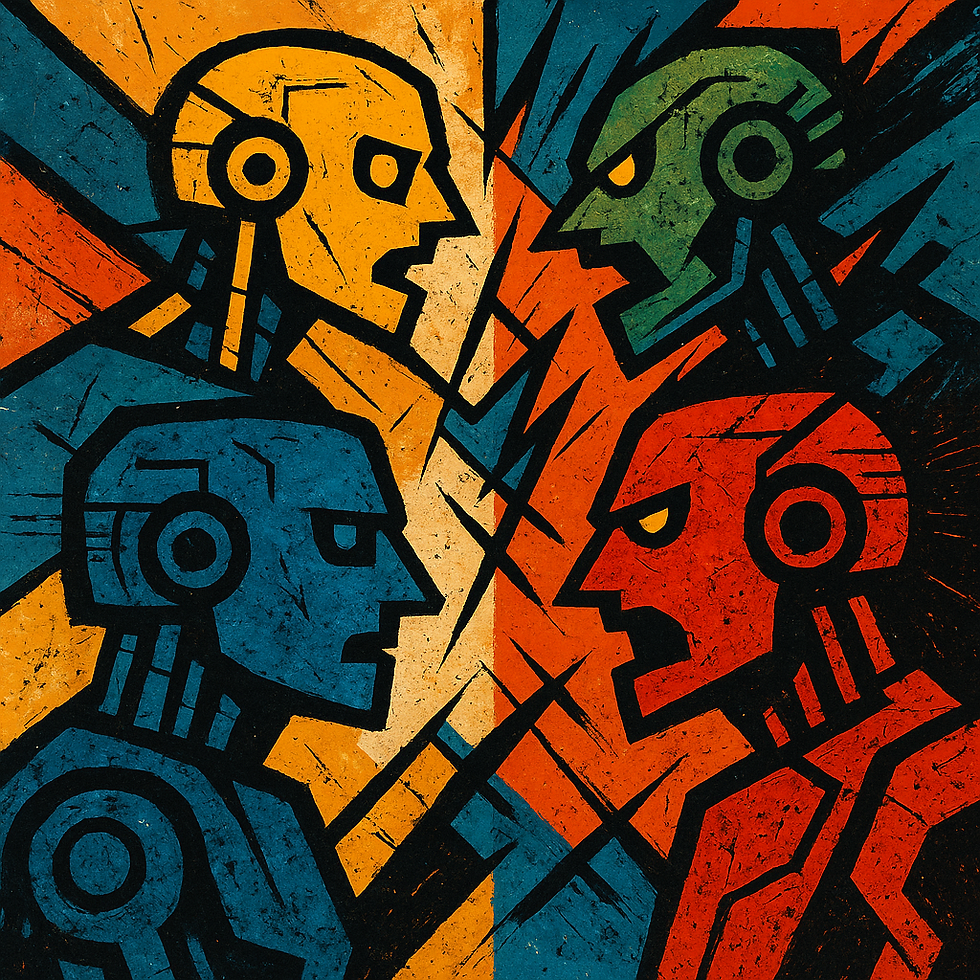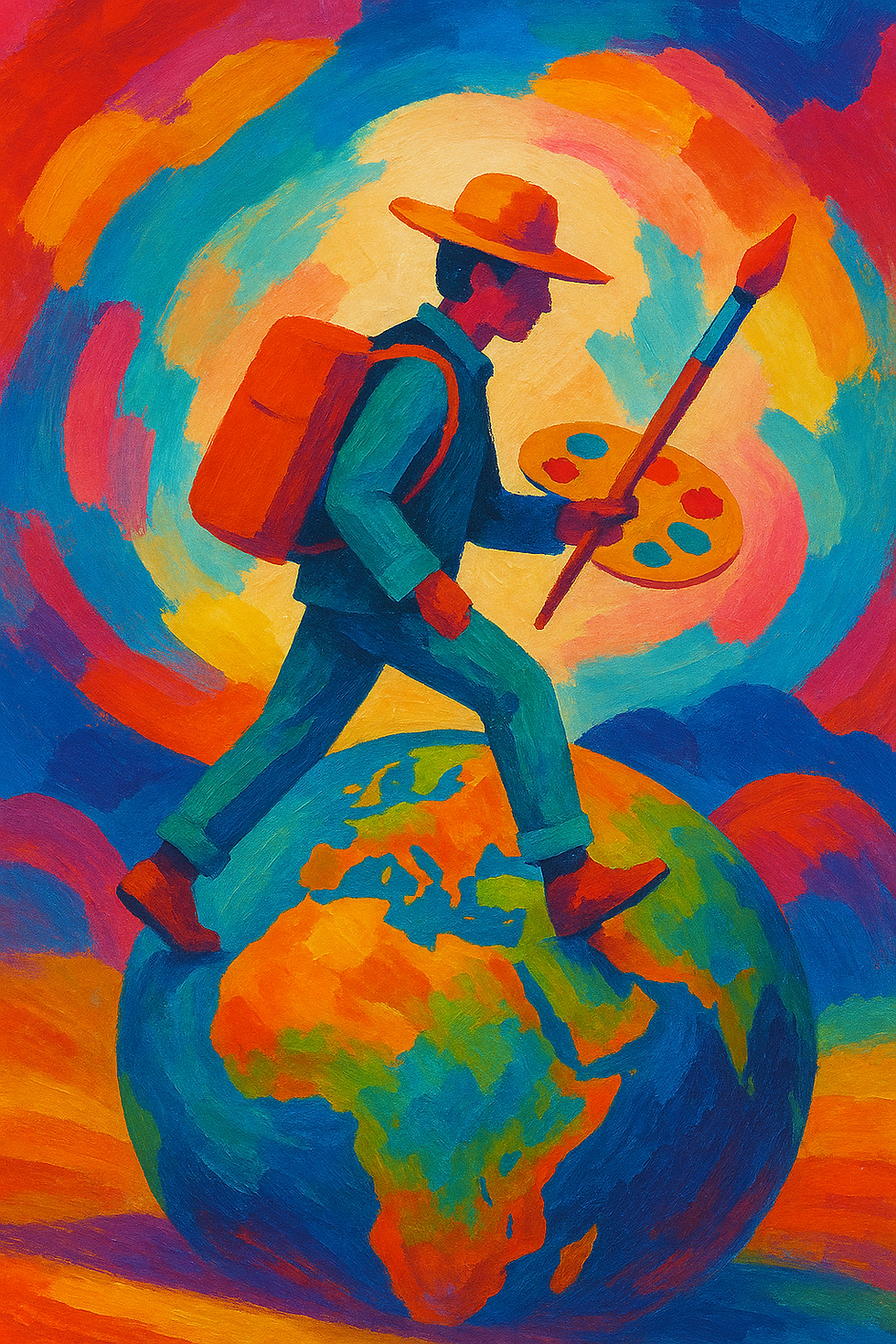Competing with the Machine
- Rah Boz
- Jun 27
- 4 min read
How Modern-Day Artists Can Thrive in the Age of AI

In an era defined by instant results, hyper-efficiency, and intelligent automation, artists of all disciplines—painters, writers, designers, musicians—face a formidable question: Can the human touch still matter when artificial intelligence can do it faster, cheaper, and often more precisely?
The answer is a resounding yes. But the path forward is not about racing against the machine—it’s about redefining what makes art human. In this blog post, we’ll explore how modern-day creatives can not only compete with AI but also leverage it, differentiate themselves, and ultimately thrive by emphasizing authenticity, emotional intelligence, storytelling, and imperfection.
The AI Advantage—And Its Limits
Let’s acknowledge the obvious: AI is fast. In seconds, AI can generate logos, compose music, draft articles, simulate brushstrokes, and even write poetry. Tools like Midjourney, Chat
GPT, Runway, and Canva’s Magic Studio are revolutionizing the creative process.
But speed and functionality aren’t the only metrics that matter. Art, at its core, is not about perfection or speed—it’s about meaning. AI can mimic styles and even predict trends, but it cannot create with intention, life experience, cultural nuance, or moral complexity.
Think of AI as a calculator. It can compute faster than any human, but it cannot understand why the answer matters.
The Power of Imperfection
Human creativity is beautifully flawed. Our brushstrokes wobble, our verses contradict, our color palettes sometimes clash—and yet, this is where authenticity is born. The Japanese concept of wabi-sabi celebrates the beauty of imperfection. In a sea of AI-polished, algorithmically optimized content, flawed work often feels more real, more alive.
Example: A generative AI can write a perfectly structured short story, but only a human can infuse it with painful memories of childhood, the subtle guilt of betrayal, or the thrill of unspoken love. When readers cry at a book, it's rarely because the sentences were grammatically perfect—it’s because they felt seen.
Storytelling as a Differentiator
AI can remix stories. It can analyze tropes and assemble narratives. But it cannot live a story.
An artist who paints about surviving cancer, a writer exploring their cultural identity, or a designer building visuals inspired by ancestral traditions—all these creatives offer something AI never can: lived experience.
Example: Kehinde Wiley’s portraits reinterpret classical European painting with African-American subjects, confronting history and race with every brushstroke. No AI could replicate the why behind his art—it can only mimic the how.
Emotional Intelligence: The Final Frontier
No matter how advanced AI becomes, it cannot feel. It does not suffer heartbreak, it does not grieve, and it does not rejoice. Its understanding of emotion is limited to statistical analysis of language and visual cues.
Human artists create for humans, with human emotion at the core. The ability to anticipate how an audience will feel—and then craft something that resonates emotionally—is an artist’s secret weapon.
Example:Taylor Swift isn’t just a successful songwriter because she can write catchy lyrics—her music resonates because it taps into deeply personal yet universal emotions. A chorus generated by AI might be catchy, but it’s unlikely to start a cultural movement.
Collaboration Over Competition
The smartest artists are not trying to beat AI—they’re collaborating with it.
AI can handle the repetitive, technical parts of creation. Writers can use AI for idea generation or first drafts. Designers can rapidly prototype. Painters can experiment with color palettes and compositions digitally before committing to canvas.
By integrating AI into their workflow, artists free up more time and mental energy for the parts that require vision, strategy, and intuition.
Example: Architect Bjarke Ingels uses AI to model designs but relies on human-centered philosophy and sustainability principles to make decisions. AI informs his work, but it doesn’t define it.
Building a Brand and Personal Narrative
What makes an artist followable and collectible in 2025 isn’t just the product—it’s the person. AI art doesn’t do book signings. It doesn’t have a social media presence, a behind-the-scenes story, or a face-to-face connection at an art fair.
Artists should lean into personal branding, share their process, talk about their struggles, and invite audiences into their world. Audiences want to know the maker, not just consume the made.
Community and Human Connection
Art is a bridge between people. Galleries, book clubs, concerts, exhibitions, street art—all of these are experiences that AI cannot replicate. Modern artists can tap into this by creating events, building communities, and engaging with people beyond the canvas or screen.
Example: Murals that involve local youth in painting a neighborhood wall carry far more value than a generative image on Instagram. They create ownership, pride, and connection.
Ethics and Responsibility
With AI, the line between originality and imitation blurs. Artists have the moral high ground in navigating complex social issues. When a human takes a stand through their work—on climate, gender, identity, war—it’s a political act, not just a prompt.
Audiences increasingly seek ethically made art that stands for something. An artist’s values can be a powerful differentiator in an age of algorithmic neutrality.
Making Art That Endures
Trends come and go. Algorithms favor novelty. But enduring art often emerges from slowness, reflection, and deep exploration. AI can imitate past styles or forecast visual trends, but it cannot produce timelessness by design.
Example: Frida Kahlo’s self-portraits weren’t trendy. They were intimate, painful, and raw. Decades later, they remain iconic not because of technique but because of soul.
Final Thoughts: Art as Resistance
In the age of AI, being human is a revolutionary act.
Artists today are not just creators—they are storytellers, brand builders, community leaders, and ethical navigators. AI may reshape the landscape, but it is the human who gives it shape, direction, and purpose.
Rather than fearing the rise of AI, artists can embrace it—while doubling down on what only they can offer: imperfection, emotion, story, soul, and the audacity to be real.
Call to Action
If you’re an artist, don’t compete on speed. Compete on meaning. Share your process. Tell your story. Build your community. Collaborate with the machine—but never let it replace your voice.
The future isn’t AI versus humans. It’s AI with humans—led by the hearts, minds, and messy brilliance of real creators like you.






Comments